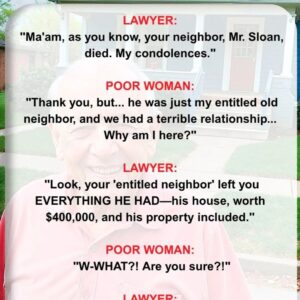Mayor-elect Zohran Mamdani stepped into the spotlight with the weight of a divided city on his shoulders, knowing that his first moves would define whether New York entered a phase of cooperation or confrontation. His pledge to reach out to President Trump before taking office wasn’t a gesture of surrender but a declaration of intent — a promise to fight for lower costs, safer streets, and a voice for every New Yorker, even if it meant facing off against the White House when necessary. He made it clear he would welcome collaboration, but he would not bow. “If it harms New Yorkers,” he vowed, “I will fight.” And with federal threats looming over funding and control, his path forward was already lined with conflict.
Behind him stood Elle Bisgaard-Church, the quiet architect shaping his most controversial vision — a new Department of Community Safety that would reroute certain 911 calls away from police and toward trained social workers. Critics warned it was reckless, supporters called it overdue, and its $1.1 billion price tag split the city in half. Yet Bisgaard-Church had built it with input from experts, officials, and even former NYPD leadership. As Mamdani prepares to step into City Hall, he faces not only the expectations of a restless electorate but the watchful eyes of Washington, a skeptical governor, and a president waiting for him to “show respect.” The battle for New York’s future has already begun.





